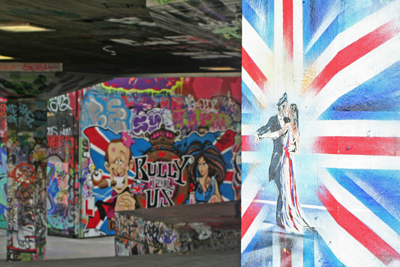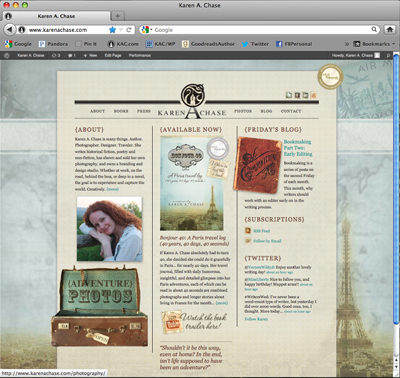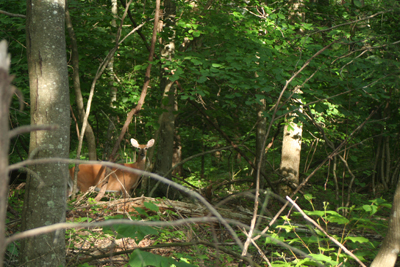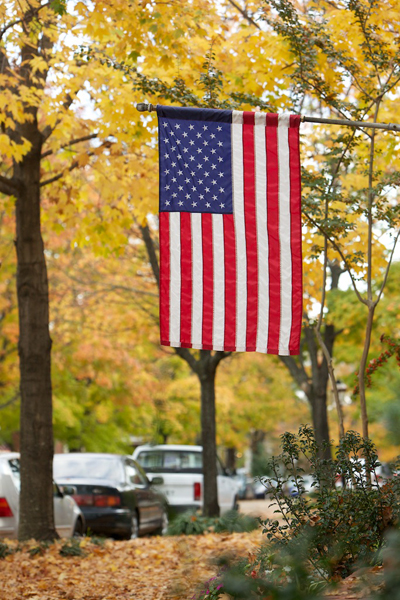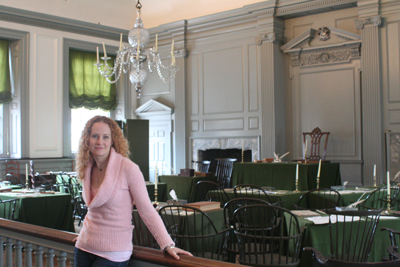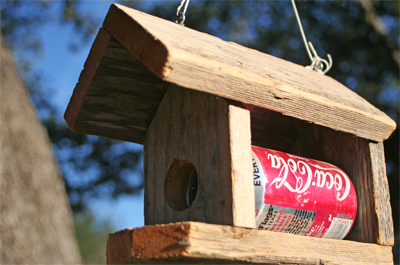Last week I was having dinner with my friends Kelly and Sundra, two women who are well-educated, well-read and excellent writers with blogs of their own (click on their names to find them). Odd then, how we all openly admitted to incorrectly spelling some of the simplest words, or as I call them, word-sticklers.
For me, the words are necessity and surprise. Even now, I waited while typing for spell check to correct me. Is there one ‘s’? Is there a second ‘r’ in surprise, because when I type it all I can hear in my head is Gomer Pyle, and I think it looks stupid.
In a letter last week I was texting the sentence: “We will have to asses the situation.” Woa. That’s not the correct spelling for assess. So I did what I call a Porky Pig. I said to myself, “Is it asses, asess, assess? Oh just type evaluate.”
My friends were kind and admitted they too had issues. For Kelly it was the word whether. When she types it, sometimes she doesn’t know whether to use that version, or weather to use this version. For Sundra, it was the word restaurant.
“I always stick that ‘u’ in the wrong place?” she said. I’m sure you weren’t the only one dining out that night who does, Sundra.
I was so happy they admitted it, for it makes it easier now when I do find a word that flabbergasts me. I know I’ll encounter them again. Surprise, surprise, surprise!
Do you have word-sticklers in your life?


